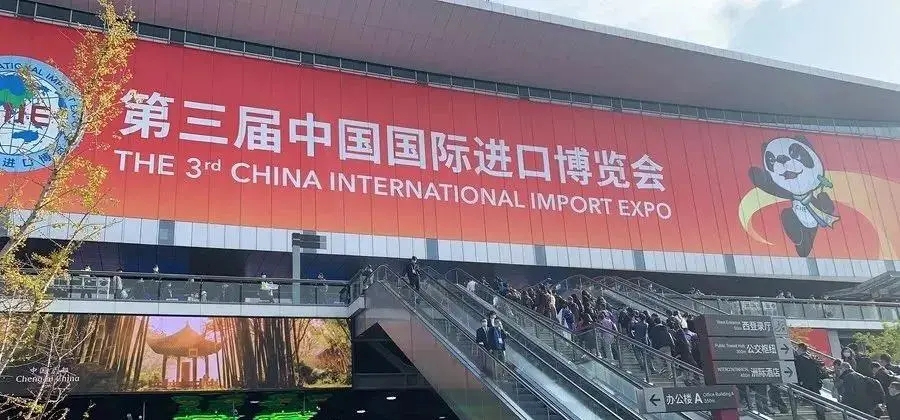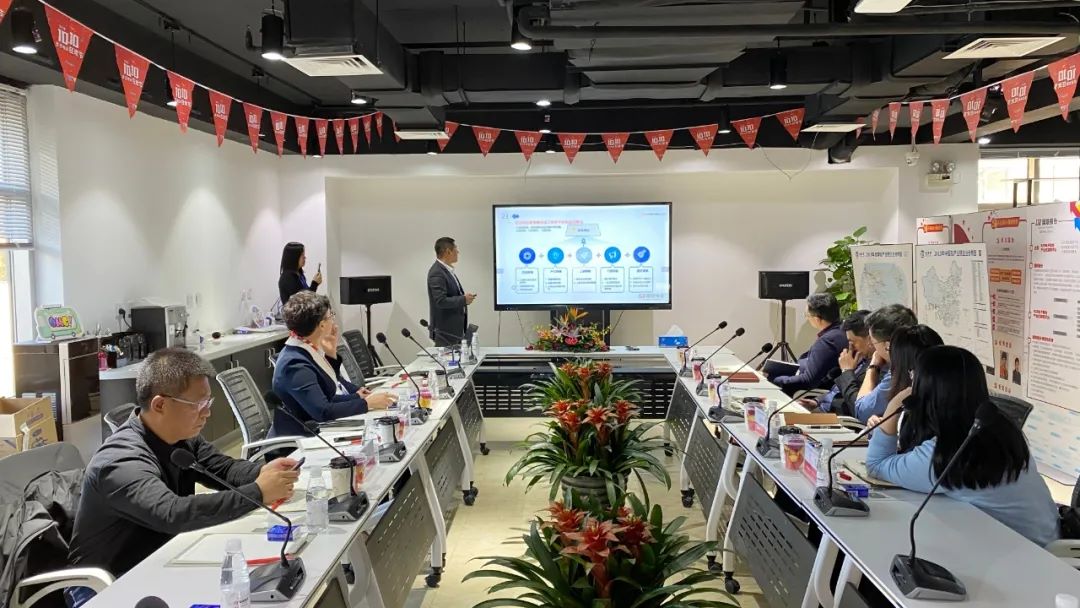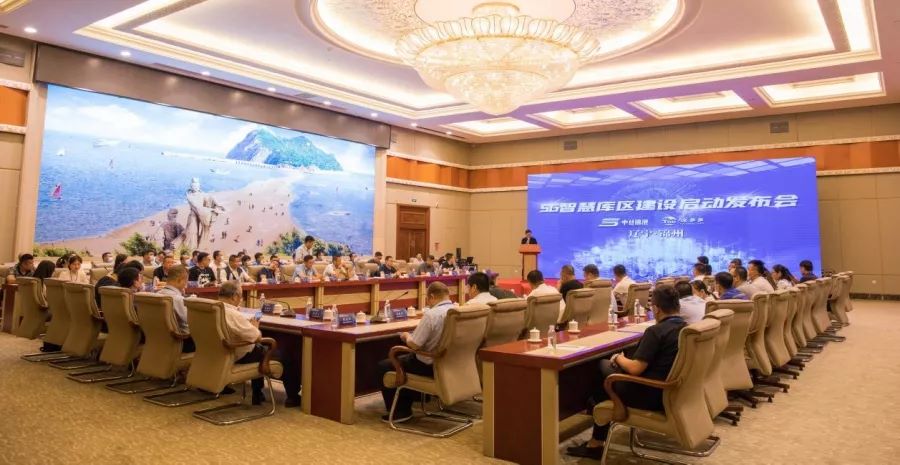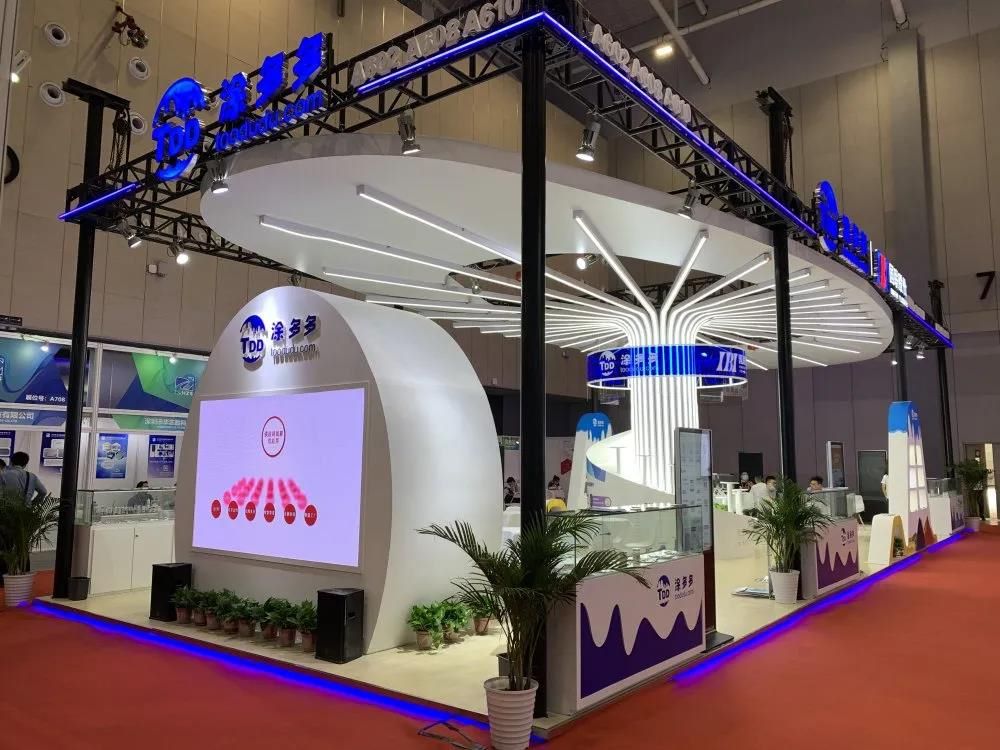The global tire industry is becoming more polarized
1. Cost-driven capacity migration
Foreign-owned enterprises are accelerating the closure of high-cost factories due to rising energy and labor costs:
Michelin transferred its European truck tire production line to Romania, reducing the cost of a single tire by 18%
Apollo Tire's Dutch factory closed because its cost was 30% higher than that in Asia
Domestic enterprises reduce costs and increase efficiency through regional layout:
Linglong Tire's Anhui factory has a unit energy consumption 25% lower than that in Europe
Sailun's Indonesian base has a 12% reduction in raw material costs
2. Triple fission of market demand
Shrinking supporting market: Global supporting demand will drop by 8% in 2024, and the European and American markets that foreign capital relies on (such as Michelin's supporting business accounts for 35%) will be hit hard
Product structure transformation: Semi-steel tires account for 88.6%, and domestic companies are seizing the new energy track (Kumho Nanjing Factory EV tire production capacity increased by 30%)
Regional focus shift: Asia, Africa and Latin America have become growth engines (India's semi-steel tire replacement market size has reached US$12 billion), and domestic companies have built factories overseas (such as Wanli Cambodia Base)
3. Policies and technologies reshape competition
Tariffs force layout: Zhongce Mexico base's 13.5 million production capacity is directly supplied to North America to avoid EU carbon tariffs
Environmental protection standards upgrade: EU Euro 7 standard requires PM2.5 emissions to be reduced by 50%, Guizhou tire exhaust gas treatment technology exceeds European standards by 30%
EV tire explosion: domestic companies differentiated breakthrough (Pulin Chengshan EV tire range +8%), foreign capital is constrained by lagging production line transformation
4. Industrial chain and share reconstruction
Domestic dual-base model: Linglong's overseas production capacity accounts for 38%, Sailun Vietnam Phase II helps Southeast Asia market share break 15%
Market share reshuffle: Chinese companies' global share rises from 18% (2019) to 25% (2024), foreign capital profit margins are under pressure (Michelin's European profit fell 2.3%)
Technical standard competition: China dominates new energy tire standards, noise/wear resistance indicators exceed the EU

In the future, the global tire industry will present a dual-track pattern of "foreign capital dominates the high-end market and China dominates the mid- and low-end markets". Domestic enterprises need to continue to make breakthroughs in intelligent production (such as Sailun Dongjiakou base 5G factory efficiency increased by 40%) and brand premium (Linglong Tire's high-end product gross profit margin reached 28%), while foreign enterprises need to consolidate their advantages through technical barriers (such as Michelin Acoustic silent technology) and service value-added (Goodyear tire subscription system). This differentiation is not only the inevitable result of industrial evolution, but also provides a new variable for the reshaping of the global tire value chain.
- Linglong Tire's profit growth to be nearly 30% in 2024972
- The global tire industry is becoming more polarized1271
- Tire business: Inventory strategy determines success or failure836
- Domestic and international rubber market situation on April 27, 20251023
- The winning formula of Hankook Ventus sports tire911









